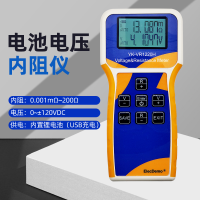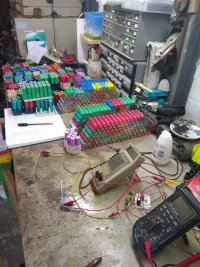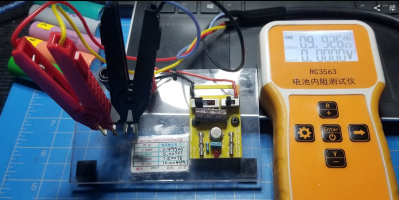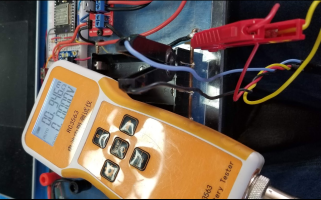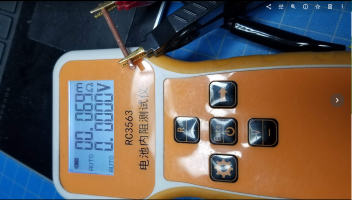cristian7477
New member
- Joined
- Jan 27, 2022
- Messages
- 1
I really appreciate your enthusiasm and dedication to the testers, I wanted to inform you so that you can expand your collection that BRT808 came out at the end of last year and now the newest thing is YK-VR1220H since it incorporates two more buttons and measures up to 120VYes the YR1035+ is a very good Voltage and IR reader. I own just about every sub $100. 00 IR meter from the humble YR1030 (which built my first 14s80p battery) to my favorite the RC3563.
If you read the complete thread I highly recommend the cell holders to measure the cell with. The probes no matter how you use them are clumsy to use for the 18650. You need to use 2 hands (duh) and you have to memorize the readings if you are going to record the results in a spreadsheet.
So unless you have someone to enter the numbers or have a photographic memory I ended up doing the measurement twice once for Voltage and once for IR. The cell holder will keep the measurement and it is very easy to copy both numbers. The RC3563 with the cell holder, the USB interface with a bit of py and VB code this process can be automated.
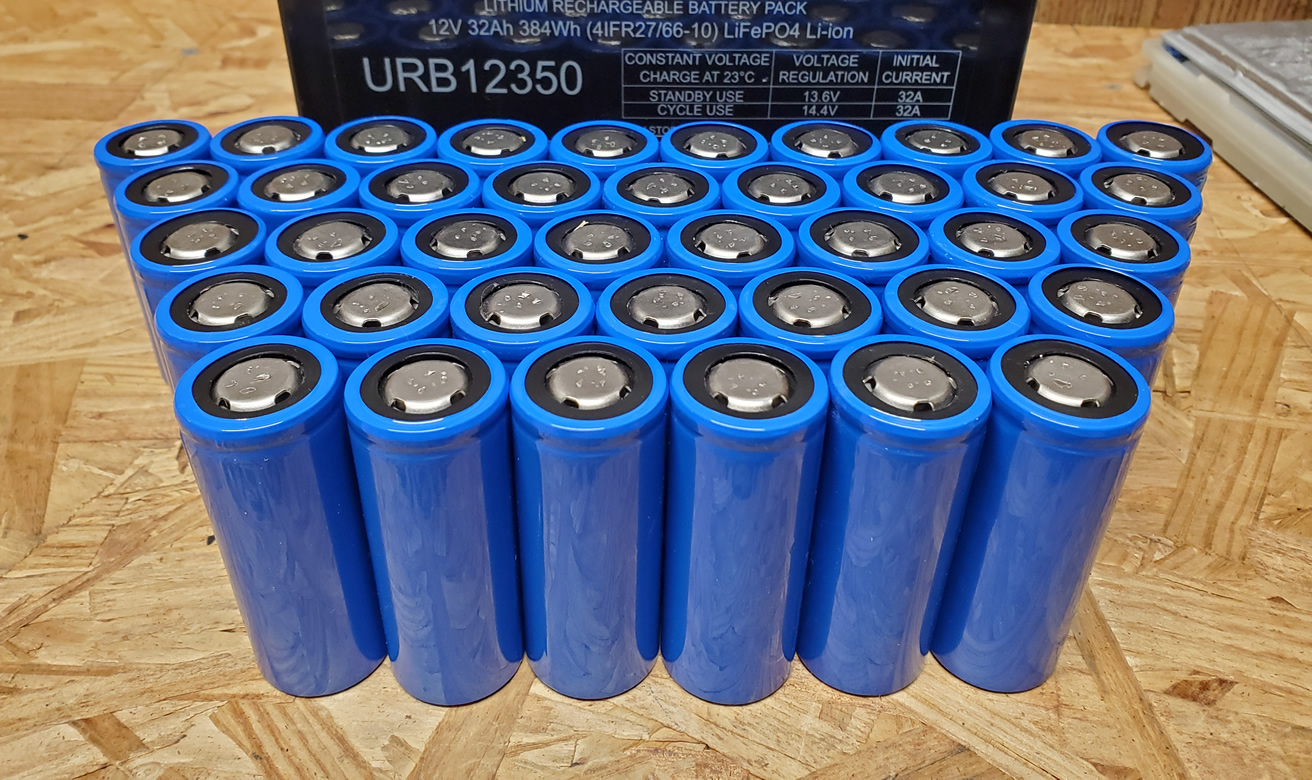
IR Meter Recommendations
Does anyone have a recommendation for a good meter to check IR (Internal Resistance) of various battery types? I haven't checked this in the past as the testers I use (Opus) aren't very accurate. There have been a lot of requests to test this in some of my videos, so I'd like to start doing so...secondlifestorage.com

IR Meter Recommendations
Does anyone have a recommendation for a good meter to check IR (Internal Resistance) of various battery types? I haven't checked this in the past as the testers I use (Opus) aren't very accurate. There have been a lot of requests to test this in some of my videos, so I'd like to start doing so...secondlifestorage.com
The probes on my YR1030 which were chintzy at best but did last and are still useful, Your leads are much better encased in plastic rather than shrink wrap. Still my recommendation is the cell holder.
Wolf
View attachment 26558
I hope you can acquire them and put them to the test ✌



